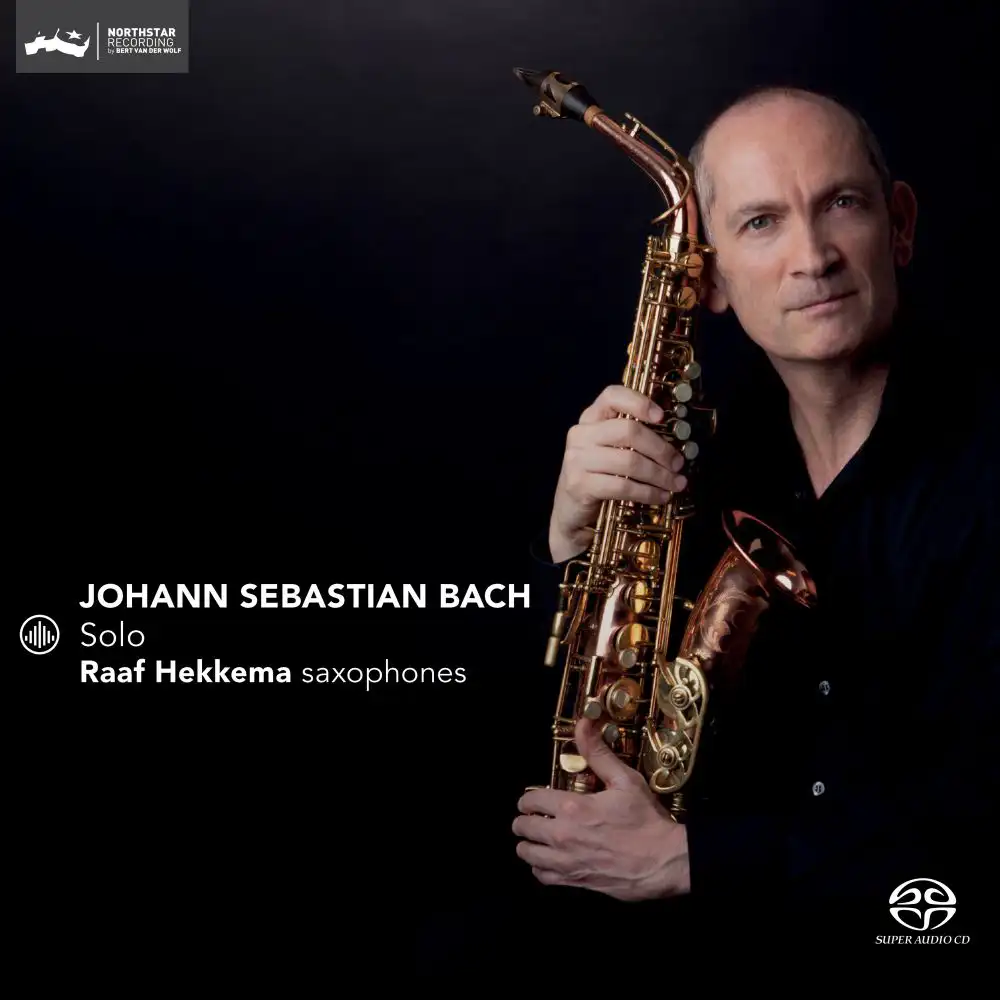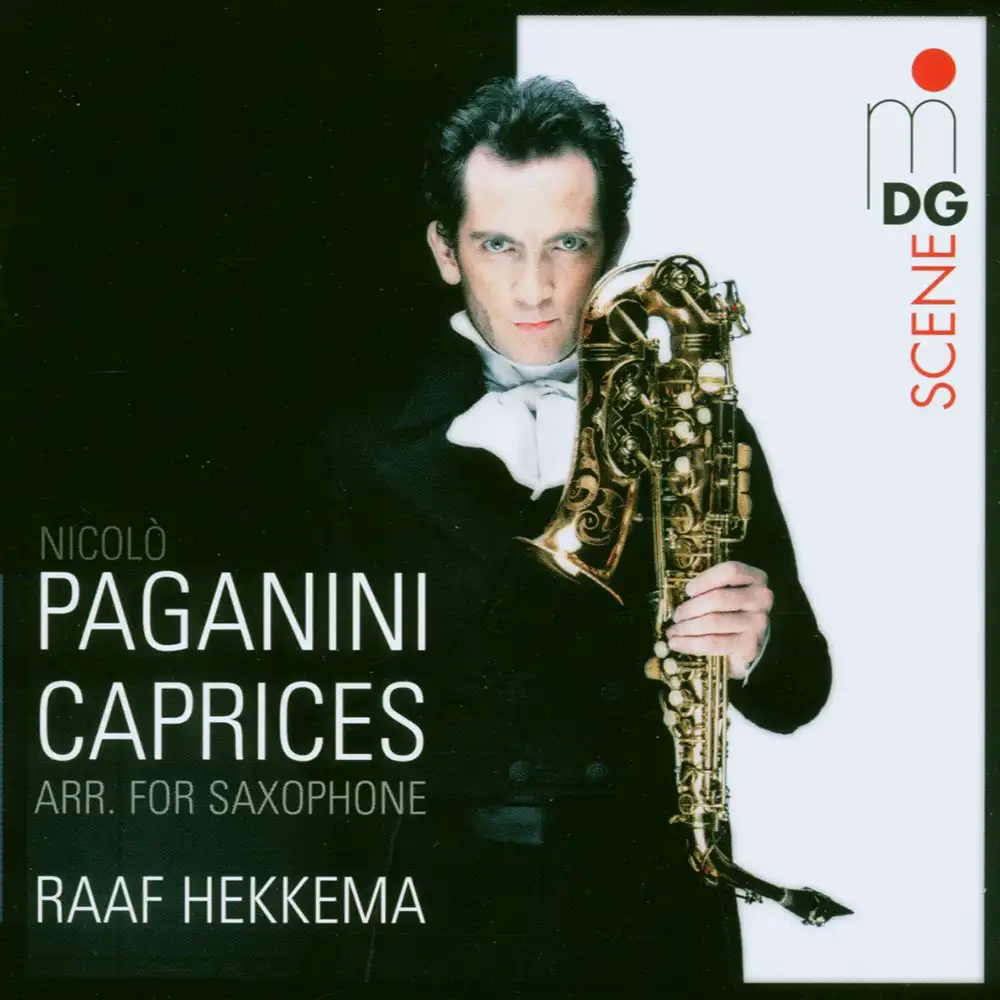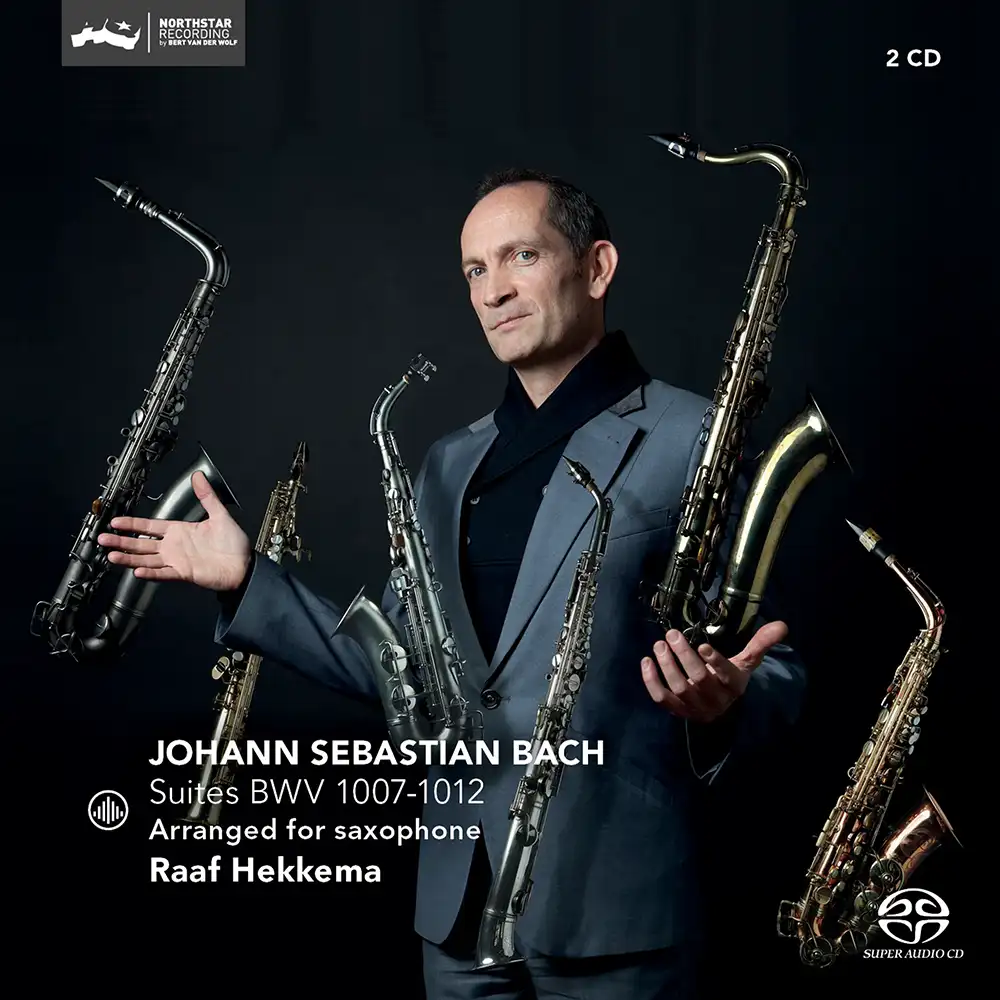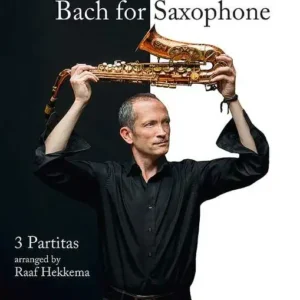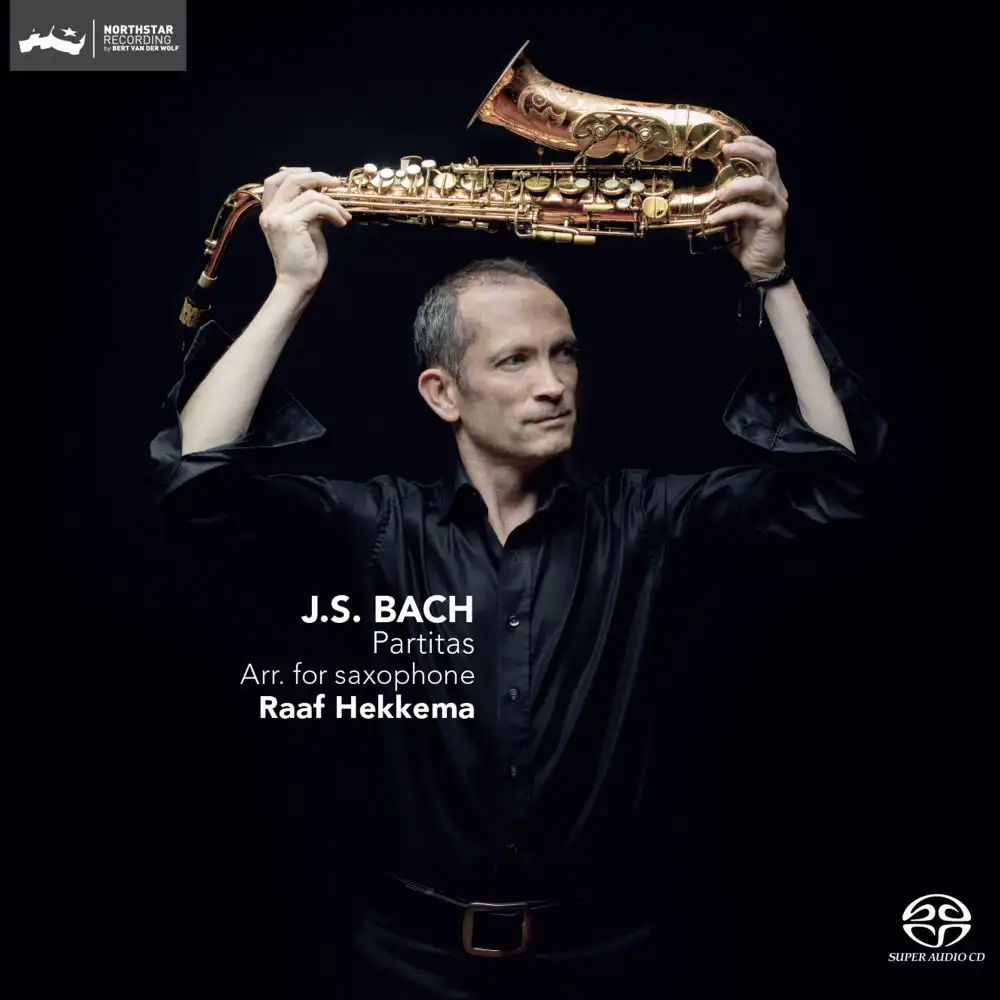Description
The pandemic in 2020-21 brought little to dispel the gloom among performing musicians. But these months also proved to be a time of reflection and artistic rebirth for many, the arts became a breeding ground for spiritual offspring, and so it proved for me; the genesis of the work you can hear on this album. Finally, there was plenty of time to spend many hours every day working on the project against a background of calm, which made Bach’s music all the more comforting!
The prime cut with which I open this album is the Sonata I have assembled from Bach’s three sonatas for solo violin. Even though a sonata in six movements may go against musical tradition, I feel it is a very satisfactory solution from a musical perspective.
Soon after this, I cast my greedy eye over the earlier works for organ and harpsichord. The Chromatic Fantasia symbolises early Bach for me; a composer who was heavily influenced by the fantastical style of his idol and predecessor Dieterich Buxtehude.
I made a pilgrimage to my own hero of early music, Ton Koopman. His enthusiasm for my arrangements grew as our meeting progressed. I am deeply grateful to him for his generous assistance.
The Fantasia BWV 922 seemed to be a bigger task altogether. I was keen to let my own creative juices flow in order to adapt the texture in such a way that I could still do the greatest justice to the music’s harmonic complexity and sweeping argument.
Before this, however, I had already set about arranging Bach’s most famous organ work, the Toccata and Fugue. Generally, I would describe it as a good idea to avoid fugues for what I have in mind, but this one was relatively straightforward for me.
My arrangement of the Partita BWV 1013 is perhaps the simplest of all my Bach transcriptions. All I had to do was transpose this into a key I considered to be better suited to my instrument. I play it on a 1924 curved Buescher soprano saxophone with a matching Buescher mouthpiece. Using historical saxophones may result in a lighter and more transparent sound.
The same argument also applies to the Prelude and Allegro from BWV 998, which I recorded on a straight Buescher alto saxophone made in 1927.
